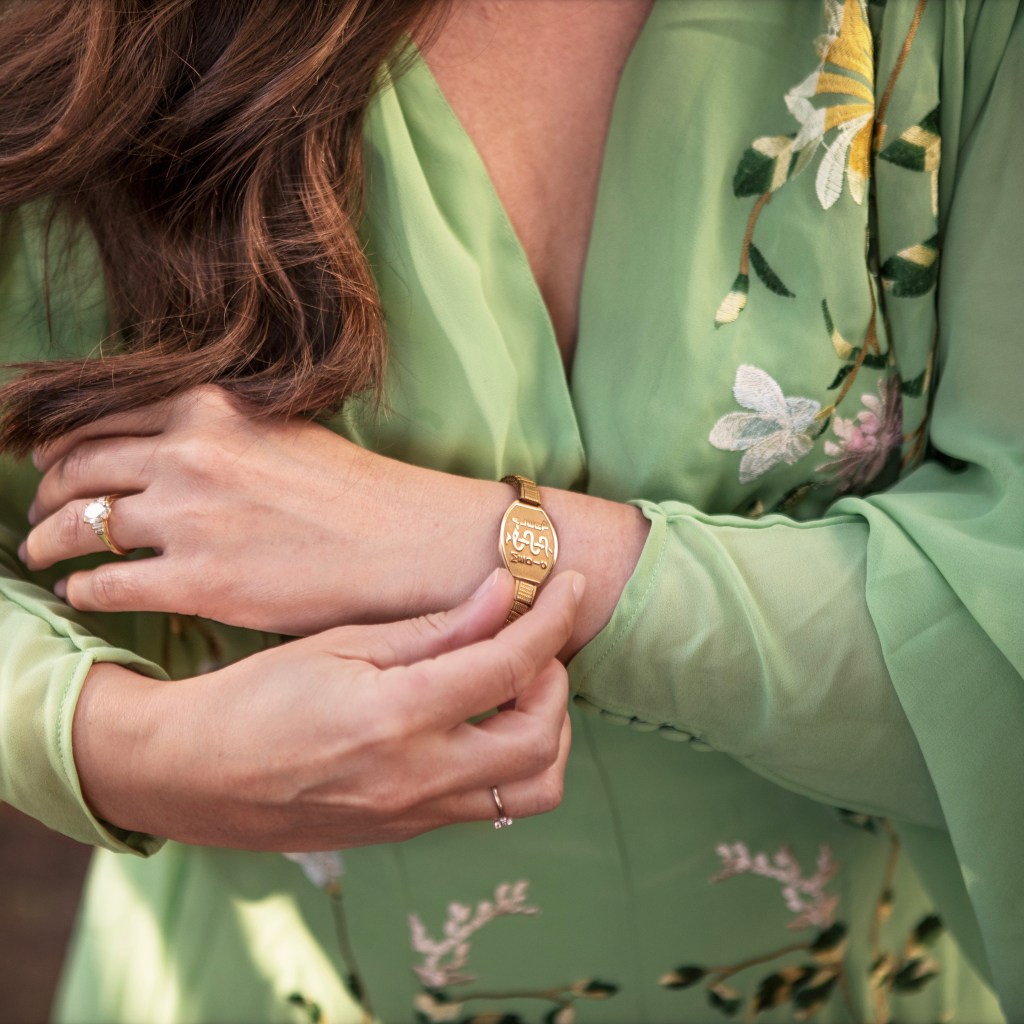Want to learn more?
About Diabetes
Learn more about this condition on the medical conditions page.
Read More >
Other Conditions
Read about other conditions that our MedicAlert members live with.
Read More >
Find Your ID
Get started with MedicAlert and get protected with your own ID.
Read More >
Learning how to manage type 1 diabetes
Like many people with type 1 diabetes, Larkin manages her blood sugar every day with a combination of diabetes devices. She uses a continuous glucose monitor (CGM), a manual glucose meter for calibration finger sticks, and an insulin infusion pump. Keeping blood sugars in a safe range is extremely important. Consistently high blood sugars can lead to complications like diabetic ketoacidosis (DKA), kidney failure, and retinopathy. Low blood sugars can lead to seizures, coma, or even death. But with proper management, people with diabetes can lead healthy lives free of complications. So far, Larkin is one of them.
Though she’s lived with type 1 diabetes since childhood, Larkin says her journey with chronic illness is always evolving and she’s constantly learning something new. “I’ve gotten used to the moving parts of everyday management over time,” she says, “but it’s a 24/7 job I’ll have for life and no two days are exactly alike.” That extra full-time job can sometimes lead to emotional distress, an experience she wrote about for Glamour Magazine last year. After all, there are no breaks from clocking meals, insulin, and blood sugars.
But despite the added work managing type 1 diabetes requires, Larkin doesn’t let it define her. “I’ve come to learn that the numbers on my meter aren’t an indicator of my overall worth or ability to manage my diabetes. They are just data to guide me toward better health. The most important thing is that I try my best and keep moving forward.”
She does that by embracing her love of travel, storytelling, and the outdoors. During the COVID-19 pandemic, she deepened her commitment to diabetes awareness advocacy as she sheltered in place at home in California.





